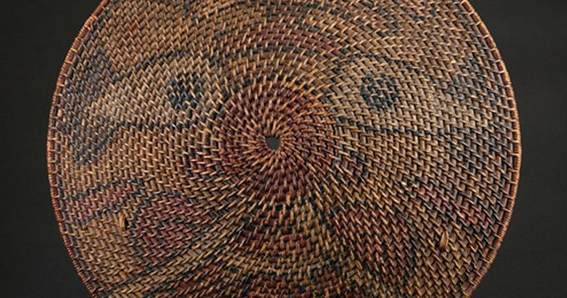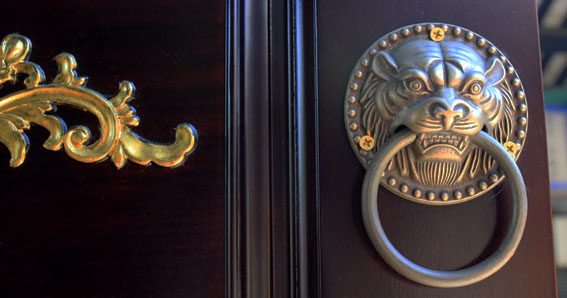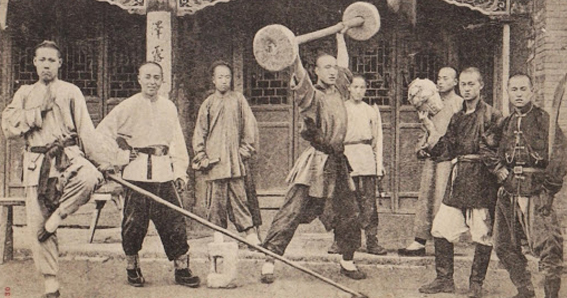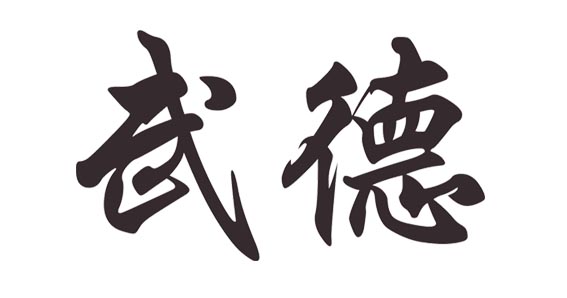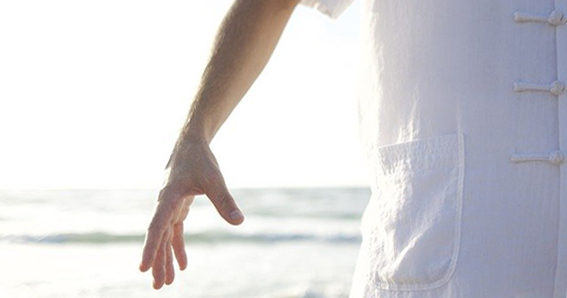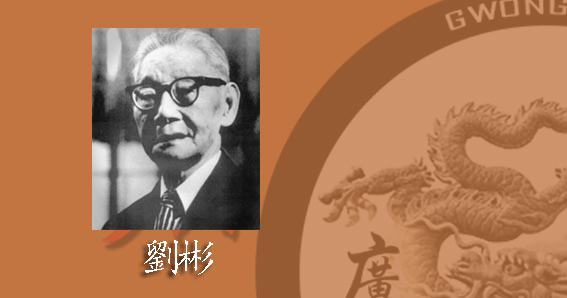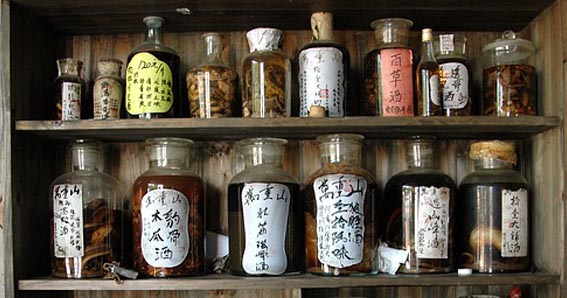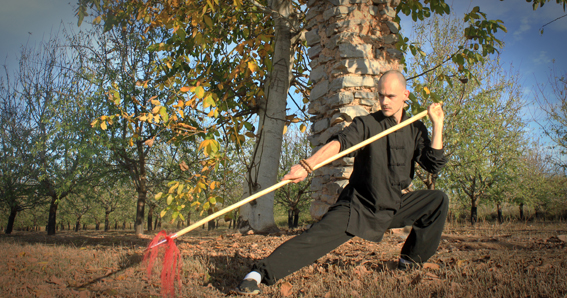The Chinese Sabre: History and Evolution
From the first sabres of the Shāng 商 dynasty, to the most recent of the twentieth century, the sabre (dāo 刀) is a weapon that has continued to evolve throughout the history of China, and has been used by regular armies as well as by all kinds of militias, bandits and martial artists.
Read more...

